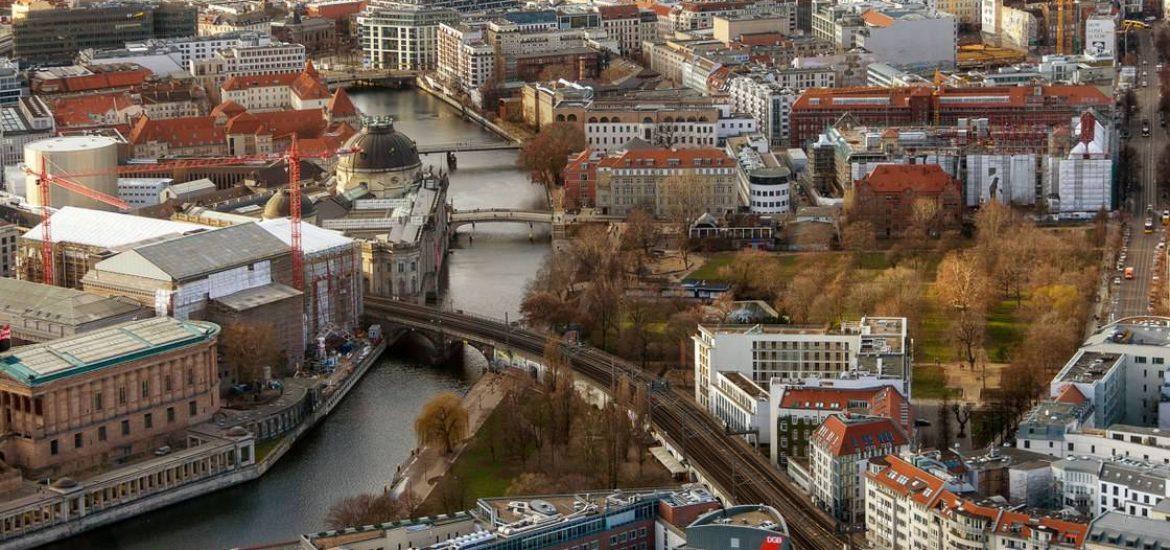A new EU Environment Agency briefing details how COVID is showing urban planners ways to make permanent change in sustainable design.

COVID’s difficult lessons can help reshape European cities
When the COVID-19 pandemic drove European tourism numbers down, both Paris and Lisbon started looking at ways to convert empty tourist rentals into affordable housing. It’s just one idea driven by the COVID tragedy that urban planners hope will evolve into permanent change in sustainable design, according to a new briefing from the EU Environment Agency (EEA).
“As the COVID-19 pandemic continues to unfold and health concerns remain paramount, cities are already taking the first steps towards recovery and leading calls for a green and just recovery,” the EEA said. “The aim is to enable cities to rebuild their economies, address complex social justice issues and tackle the climate and ecological crisis at the same time.”
The EEA identifies 19 opportunities for short- and long-term shifts made clear by the pandemic, linking many of them to the 15-minute city model. Some are transport-related, including a permanent shift in road space to accommodate fewer cars and make way for more pedestrians and bicycles. That’s the case in Milan, where motorists balked at the idea before COVID but then welcomed 35 kilometers of new bike trails.
“Most people who are cycling used public transport before. But now they need an alternative,” said deputy mayor Pierfrancesco Maran in a BBC interview. “Before COVID we had 1,000 cyclists (on the main shopping street), now we have 7,000.” Some of Milan’s changes were temporary, but these kinds of COVID responses are exactly what the EEA hopes will evolve into permanent infrastructure in the face of climate change.
The EEA focus on opportunities also shifts to more than a dozen challenges. When people encountered food shortages in supermarkets, it was usually because of production disruptions and the industry’s use of just-in-time delivery in long, complicated supply chains.
COVID may have been the reason this time, but it may not always be the only one in a world of more extreme weather patterns and agricultural impacts. The market disruptions made clear the importance of local and regional food production, along with a broader commitment to preparedness and self-sufficiency. The EEA briefing highlights the growing support for gardening, community-based agriculture and local retail access, such as the Parisculteurs program.
On housing, the EEA looks at how the work-from-home shift might be leveraged to create affordable housing while at the same time ensuring that buildings meet sustainability standards. “Given that the demand for city center office space may never fully recover, some cities are exploring the potential for converting commercial buildings into housing or other uses,” the EEA said.
“The pandemic has certainly underscored the importance of designing more flexible and modular buildings. Such buildings can be easily adapted to new uses without having to be torn down and rebuilt from scratch. This supports the EU’s ambition to increase the use of circular economy principles in building design.”
Above all else, the EEA notes that COVID has shown us how quickly we can effect change if we have to, whether in our individual behaviors or at the scale of institutions, policies and infrastructure.
“European cities are not as ‘locked in’ to certain ways of doing things as previously thought. If necessary, cities can radically transform how they operate and how we live within them,” the EEA said. “This has important implications for the ambitions that cities put forward to enable the transformational systems change that will be needed to tackle the climate and ecological crisis in the years to come.”








